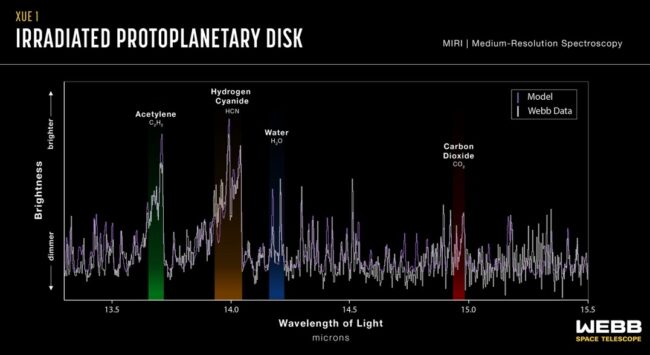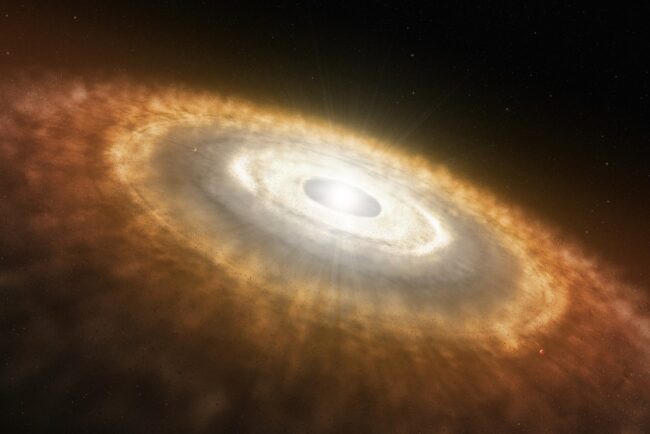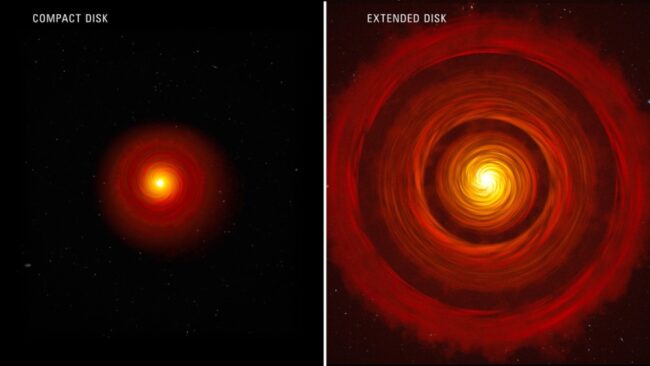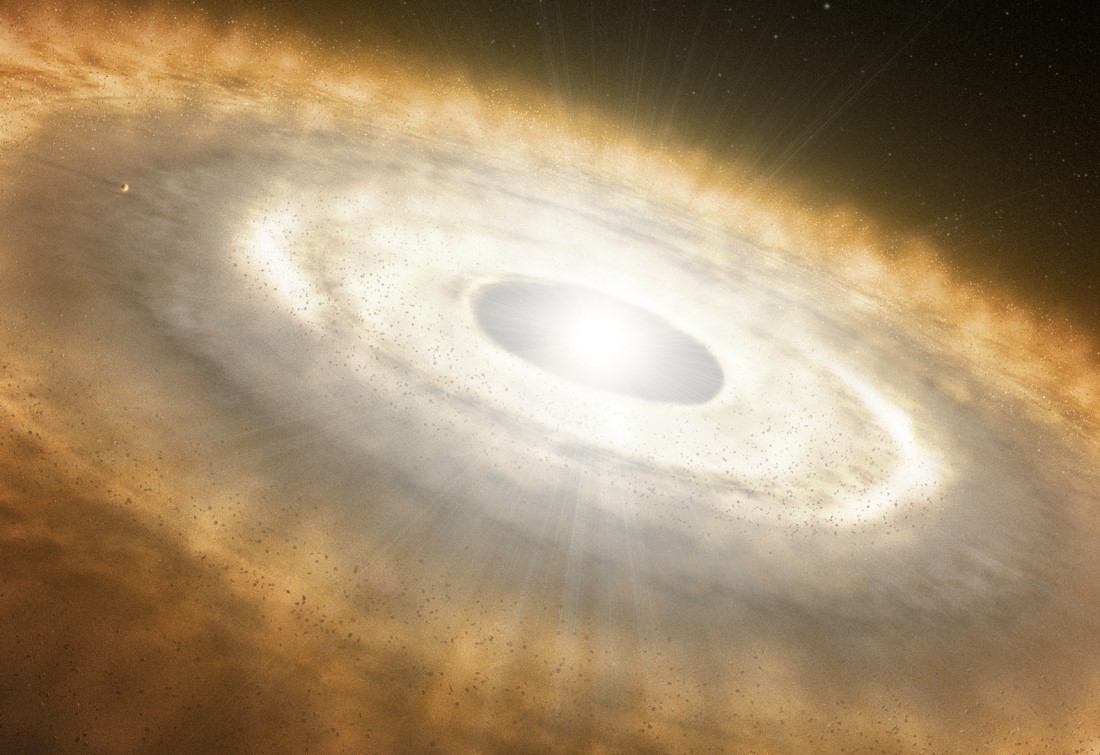An international team of astronomers has used NASA’s James Webb Space Telescope to provide the first observation of water and other molecules in the
An international team of astronomers has used NASA’s James Webb Space Telescope to provide the first observation of water and other molecules in the highly irradiated inner, rocky-planet-forming regions of a disk in one of the most extreme environments in our galaxy, reported NASA.
These results suggest that the conditions for rocky planet formation can occur in a possible broader range of environments than previously thought.

These are the first results from the eXtreme Ultraviolet Environments (XUE) James Webb Space Telescope program, which focuses on the characterization of planet-forming disks (vast, spinning clouds of gas, dust, and chunks of rock where planets form and evolve) in massive star-forming regions. These regions are likely representative of the environment in which most planetary systems formed, reported NASA.
Understanding the impact of environment on planet formation is important for scientists to gain insights into the diversity of the different types of exoplanets.

The XUE program targets a total of 15 disks in three areas of the Lobster Nebula (also known as NGC 6357). The Lobster Nebula is one of the youngest and closest massive star-formation complexes, and is host to some of the most massive stars in our galaxy. Massive stars are hotter, and therefore emit more ultraviolet (UV) radiation. This can disperse the gas, making the expected lifetime of the disk as short as a million years. Thanks to Webb, astronomers can now study the effect of UV radiation on the inner terrestrial-planet forming regions of protoplanetary disks around stars like our Sun, reported NASA.
“Webb is the only telescope with the spatial resolution and sensitivity to study planet-forming disks in massive star-forming regions”, said team lead Maria Claudia Ramirez-Tannus of the Max Planck Institute for Astronomy in Germany.
Astronomers are using the Medium Resolution Spectrometer on Webb’s Mid-Infrared Instrument -MIRI-. This first result focuses on the protoplanetary disk termed XUE 1, which is located in the star cluster Pismis 24, reported NASA.

“Only the MIRI wavelength range and spectral resolution allow us to probe the molecular inventory and physical conditions of the warm gas and dust where rocky planets form,” said team member Arjan Bik of Stockholm University in Sweden.
Due to its location near several massive stars in NGC 6357, scientists expect XUE 1 to have been constantly exposed to high amounts of ultraviolet radiation throughout its life. However, in this extreme environment the team still detected a range of molecules that are the building blocks for terrestrial planets, reported NASA.

“We find that the inner disk around XUE 1 is remarkably similar to those in nearby star-forming regions,” said team member Rens Waters of Radboud University in the Netherlands. “We’ve detected water and other molecules like carbon monoxide, carbon dioxide, hydrogen cyanide and acetylene. However, the emission found was weaker than some models predicted. This might imply a small outer disk radius.”
“This is the first time that these molecules have been detected under these extreme conditions,” added Lars Cuijpers of Radboud University. The team also found small, partially crystalline silicate dust at the disk’s surface. This is considered to be the building blocks of rocky planets, reported NASA.

These results are good news for rocky planet formation, as the science team finds that the conditions in the inner disk resemble those found in the well-studied disks located in nearby star-forming regions, where only low-mass stars form. This suggests that rocky planets can form in a much broader range of environments than previously believed, as reported by NASA.
All Credit To: NASA.gov/ESA/CSA



COMMENTS